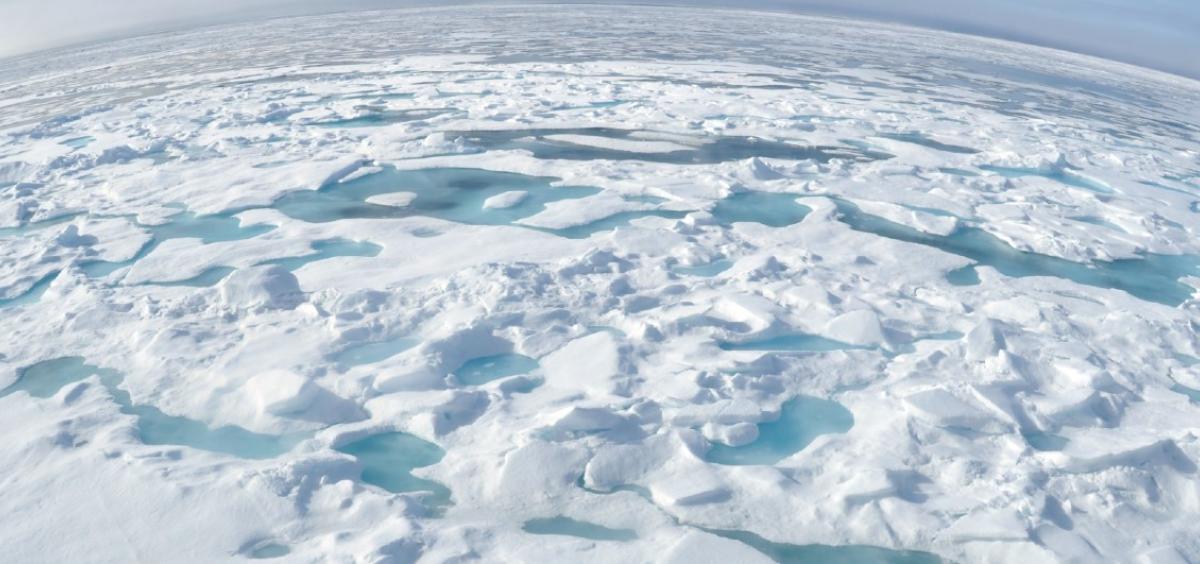
CORVALLIS, Ore. – A global coalition of scientists led by William J. Ripple and Christopher Wolf of Oregon State University says “untold human suffering” is unavoidable without deep and lasting shifts in human activities that contribute to greenhouse gas emissions and other factors related to climate change.
“Despite 40 years of major global negotiations, we have continued to conduct business as usual and have failed to address this crisis,” said Ripple, distinguished professor of ecology in the OSU College of Forestry. “Climate change has arrived and is accelerating faster than many scientists expected.”
In a paper published today in BioScience, the authors, along with more than 11,000 scientist signatories from 153 countries, declare a climate emergency, present graphics showing trends as vital signs against which to measure progress, and provide a set of effective mitigating actions.
The scientists point to six areas in which humanity should take immediate steps to slow down the effects of a warming planet:
“Mitigating and adapting to climate change while honoring the diversity of humans entails major transformations in the ways our global society functions and interacts with natural ecosystems,” the paper states. “We are encouraged by a recent surge of concern. Governmental bodies are making climate emergency declarations. Schoolchildren are striking. Ecocide lawsuits are proceeding in the courts. Grassroots citizen movements are demanding change, and many countries, states and provinces, cities, and businesses are responding. As an Alliance of World Scientists, we stand ready to assist decision makers in a just transition to a sustainable and equitable future.”
The graphs of vital signs in the paper illustrate several key climate-change indicators and factors over the last 40 years, since scientists from 50 nations met at the First World Climate Conference in Geneva in 1979.
In recent decades, multiple other global assemblies have agreed that urgent action is essential, but greenhouse gas emissions are still rapidly rising. Other ominous signs from human activities include sustained increases in per-capita meat production, global tree cover loss and number of airline passengers.
There are also some encouraging signs – including decreases in global birth rates and decelerated forest loss in the Brazilian Amazon, and increases in wind and solar power – but even those measures are tinged with worry. The decline in birth rates has slowed over the last 20 years, for example, and the pace of Amazon forest loss appears to be starting to increase again.
“Global surface temperature, ocean heat content, extreme weather and its costs, sea level, ocean acidity, and area burned in the United States are all rising,” Ripple said. “Globally, ice is rapidly disappearing as demonstrated by decreases in minimum summer Arctic sea ice, Greenland and Antarctic ice sheets, and glacier thickness. All of these rapid changes highlight the urgent need for action.”
Joining Ripple and Wolf, a postdoctoral scholar in the OSU College of Forestry, as authors are Thomas M. Newsome of the University of Sydney, Phoebe Barnard of the Conservation Biology Institute and the University of Cape Town, and William R. Moomaw of Tufts University.
More information on the project, the list of signatories and the Alliance of World Scientists is available here.
Two years ago, Ripple lead an international team of researchers in producing an article published in BioScience titled “World Scientists’ Warning to Humanity: A Second Notice” that was signed by more than 15,000 scientists in 184 countries.
The warning came with steps that can be taken to reverse negative trends, but the authors suggested it may take a groundswell of public pressure to convince political leaders to take corrective actions. Since 1992, when more than 1,700 scientists — including a majority of the living Nobel laureates in the sciences — signed a “World Scientists’ Warning to Humanity” published by the Union of Concerned Scientists, global trends have worsened.
About the OSU College of Forestry: For a century, the College of Forestry has been a world class center of teaching, learning and research. It offers graduate and undergraduate degree programs in sustaining ecosystems, managing forests and manufacturing wood products; conducts basic and applied research on the nature and use of forests; and operates more than 15,000 acres of college forests.
Steve Lundeberg, 541-737-4039
steve.lundeberg@oregonstate.edu
William Ripple, 541-737-3056, bill.ripple@oregonstate.edu;
Christopher Wolf, wolfch@oregonstate.edu
Click photos to see a full-size version. Right click and save image to download.